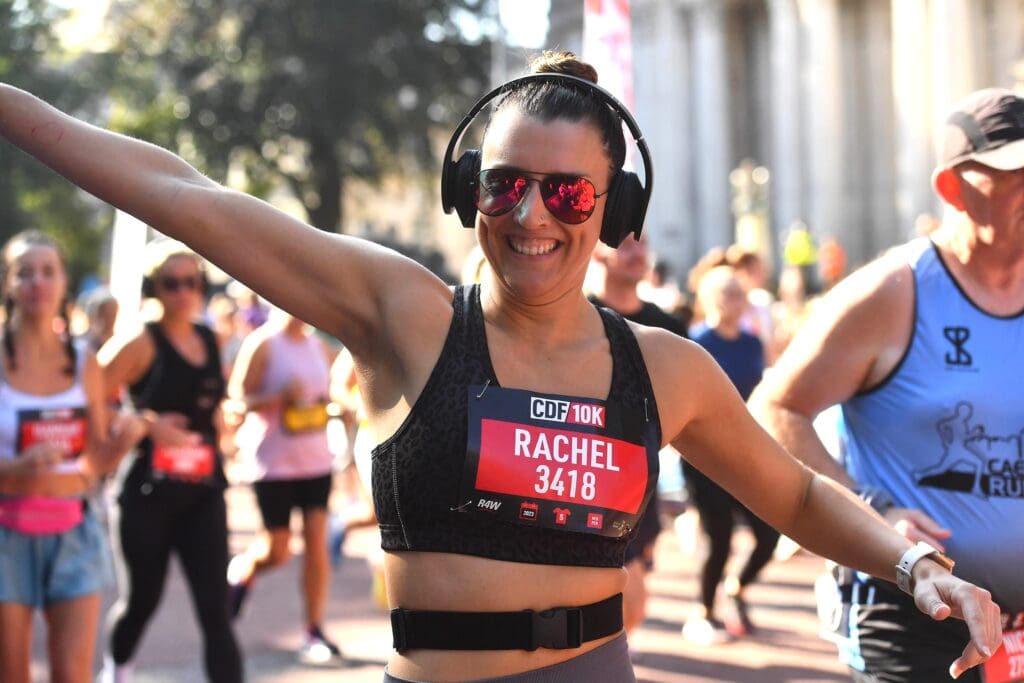When it comes to training for an event, it can be hard to get yourself out the door when conditions aren’t right. When it’s cold and wet it can be a challenge, but knowing what to do when the weather heats up can be just as difficult.
Running in the heat can be incredibly challenging so it’s important you’re careful when putting your body under the extra stress as it works even harder to cool you down, especially if you’re running for time.
Run 4 Wales Race Director, and double Olympian, Steve Brace, shares his tips when running in the heat:
Hydration is key: Staying hydrated is crucial no matter what time of year you’re running, but when the weather is warm, it’s even more so. Your body loses more fluid and salts when it sweats, which increases in the heat, so make sure to drink plenty of fluids before, during and after your run, and consider using an electrolyte drink to replace lost minerals too. It is also wise to pick a route that has a water stop incorporated – whether that be an outside tap along the way or a shop to buy a drink, should you need it.
Avoid running at midday: With the sun at its highest in the middle of the day, runs at this time are best avoided. Instead, try to get your training done in the morning before the day has had a chance to heat up to help reduce your risk of overheating.
Know you might run slower: When the sun is out and humidity is high, running conditions can feel more tough so it’s normal to run a little slower. Don’t beat yourself up about it. Instead, enjoy your run and know that you’re still working hard to make your body fitter and stronger. Take it easier and factor in more rest as required.
Check your kit: When the sun is shining there may be some extra pieces of kit you may want to take out with you. Sunglasses and a mesh cap (to allow heat from your head to escape) or visor are usually a good idea and don’t forget a sweat resistant SPF to help protect you from UV rays. Vaseline or anti-chafe balm are also essential in helping to lubricate any sore spots that may be susceptible to rubbing, particularly with moist skin. Steer clear of dark colours and opt for kit made out of breathable sweat-wicking materials to help keep moisture away from the skin and allow your body to better control its temperature.
Adapt your route: Where possible try and find some shade when you’re out running. Trails are great for this as they’re often surrounded by trees that can act as a canopy to shield you from the sun or have small streams that you can run through and help you cool off.
Look at the forecast: Before you set out on your run check the forecast and understand how the weather might change throughout your run – particularly at the end so you can make sure you’re well prepared about what to expect when it comes to temperature and humidity.
Don’t push yourself too hard: Understand the signs of heat exhaustion and know when to stop. If you’re starting to feel dizzy, confused or nauseous, stop and find a cool place. Pouring some cold water on yourself will help you to cool down but make sure to keep a close eye on how you’re feeling. If you don’t see signs of improvement, seek help.

